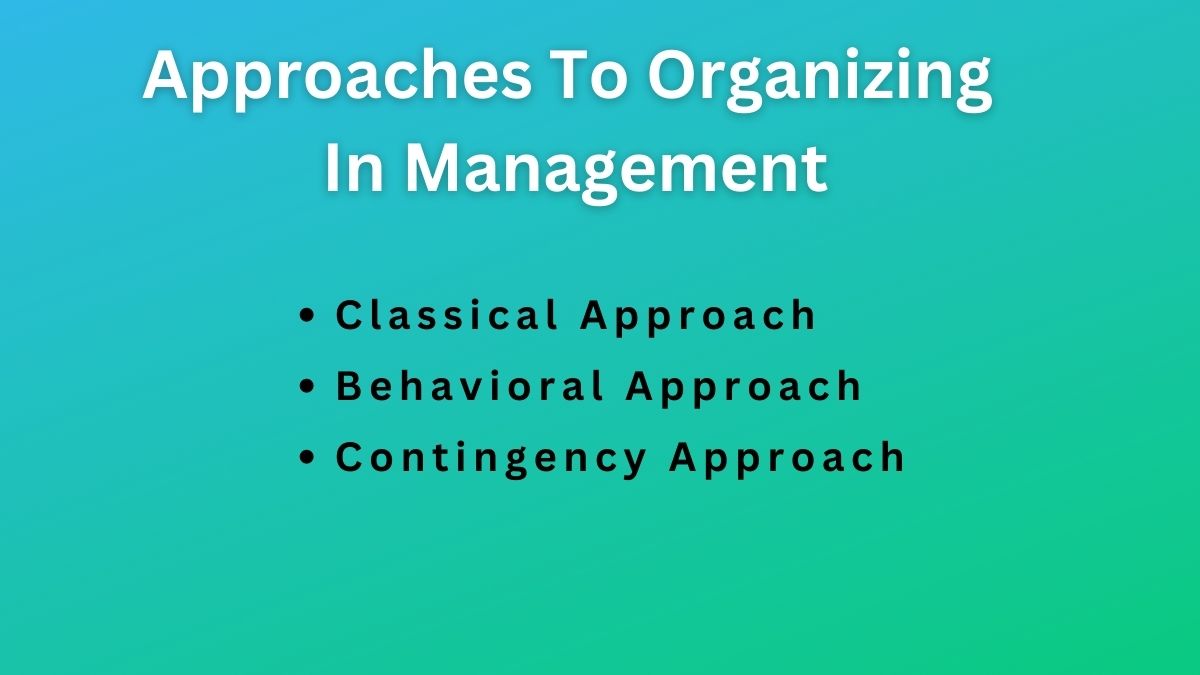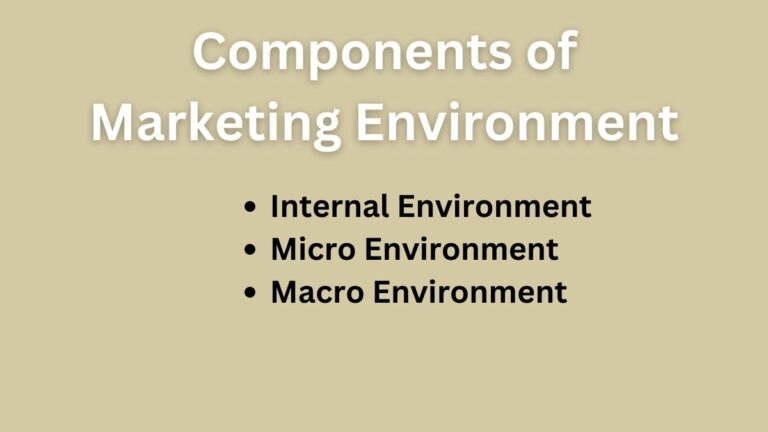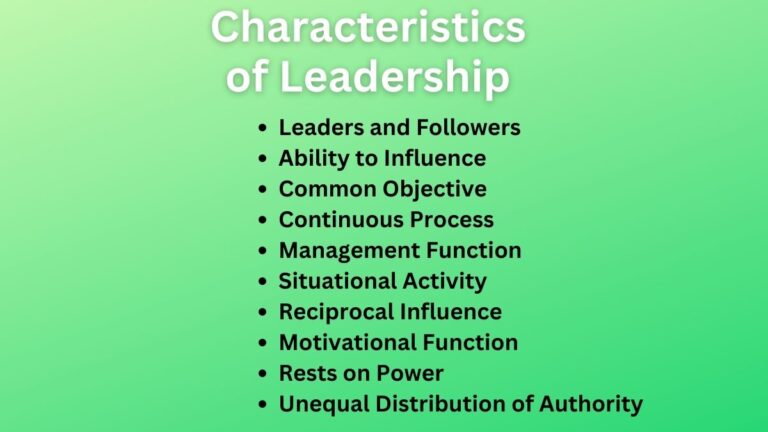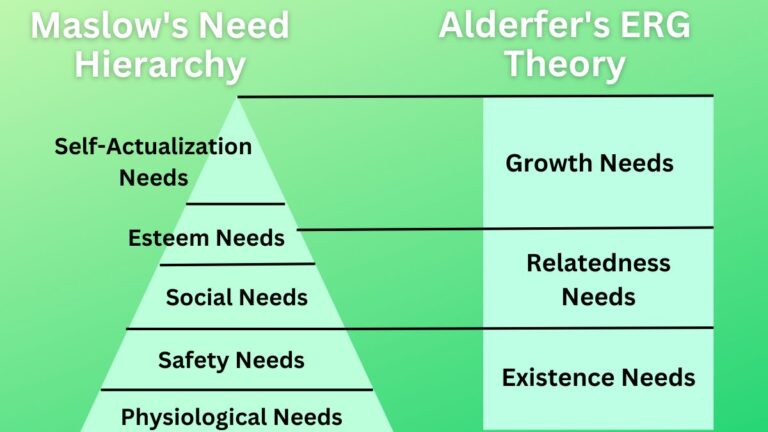3 Approaches To Organizing Function of Management [explained]
Approaches To Organizing
Organizing approaches are the common thinking, norms, and systems for structuring the organization. These approaches are the guiding principles for creating an authority-responsibility relationship in the organization.
Several approaches are commonly used in organizing depending on the size of the organization, nature of the job, experience, and intention of managers, and overall environment. The following three are the most common approaches to organizing in management. They are:
Classical Approach
The classical approach is based on traditionally accepted norms and systems for organizing. It provides a universal perspective to organizing.
It includes the ideas and principles of classical management experts F.W. Taylor, Henry Fayol, Max Weber, etc. Thus, the classical approach to organizing is a combination of the theory of scientific management, the theory of administrative management, and the bureaucratic theory of management.
To improve organizational efficiency, this strategy places a strong emphasis on job specialization. This strategy relies on financial incentives based on employee production as a means of encouraging employees. This strategy is mechanistic and logical. According to the traditional method, organizing should begin with the division of labor in order to simplify tasks. Jobs must contain only similar components i.e. tasks.
This method emphasizes the established chain of command, stringent norms, and regulations, unity of command and direction, etc. These days, the rigidity of the classical approach has been questioned. The corporate climate is, as we all know, increasingly dynamic and complex.
Every hard organizational concept cannot be applied universally in this circumstance. Situational and behavioral factors that are not taken into account in this approach can have a big impact on a lot of things. To address this limitation, behavioral and contingency approaches to organizing are evolved simultaneously.
Behavioral Approach
A behavioral approach to organizing focuses on both managers’ and employees’ actions in the workplace. When designing the organizational structure, it places a strong emphasis on the psychological and social components of the workforce.
It is a method that focuses on a scientific examination, analysis, and explanation of human feelings and behavior inside an organization. The behavioral approach to organizing is multidisciplinary in nature. It organizes while concentrating on psychology, sociology, and anthropology.
This strategy places more attention on the psychological health of employees while they are at work. Hence this approach suggests that human sentiments must be addressed while creating an organizational structure.
This approach highlights group behavior and teamwork to accomplish the job efficiently and effectively. Elton Mayo, Douglas McGregor, Mary Parker Follet, Abraham Maslow, Frederic Herzberg, etc. are the principal contributors to this approach.
This method makes the assumption that effective management requires managers’ capacity to realize employee behavior and uphold positive interactions with individuals who have various origins, requirements, hobbies, perceptions, etc. When organizing, managers must put less emphasis on the technical components of their jobs and more emphasis on the human aspects.
Though the behavioral approach gives more emphasis on human aspects it does not pay proper attention and priority to environmental and situational flexibility. Every organization can not focus on behavioral aspects only.
Many organizations which are more mechanical can not focus on behavioral aspects only. Likewise, only focusing on human factors organizations can not maintain discipline, a chain of command, and long-term motivation. Thus, this approach can not be applied fully without considering other approaches.
Contingency Approach
This approach is based on the realities of flexible job responsibilities in a complicated and fast-paced corporate setting. This approach involves the distinctiveness of every business environment and corporate structure.
According to the contingency approach, depending on the circumstances and environmental context, there may be a variety of approaches to resolve issues and deal with situational circumstances. This situational approach to organizing contends that there cannot be a universally applicable answer to a problem and that organizations must instead use various methods to address such issues.
Management should consider several contingency variables like the size of the organization, routineness of task technology, environmental uncertainty, and individual differences while creating the organizational structure.
- Size of Organization: The total number of people involved in the organization in different responsibilities is represented by the size of the organization. The size of an organization increases with an increasing number of employees, technology, and the level of operation. Along with the increasing size of the organization variety of interests and problems also get increased.
- Routineness of Task Technology: Routineness in task technology defines the repetitiveness of the same methods and procedures to accomplish the tasks. Routineness in technology requires organizational structures, leadership styles, and control mechanisms. The routine of the technology thus affects the structuring of the organization.
- Environmental Uncertainty: The business environment is composed of political, legal, economic, socio-cultural, technological, and global factors. These factors are dynamic and hence they create uncertainty in business. The degree of uncertainty affects the flexibility of the organizational structure.
- Individual Differences: The need for growth, need for autonomy at the job, tolerance of ambiguity, the expected outcome from the job, need for social relation, etc. can be different from person to person. To address these needs, managers should care while organizing.
As you know nature, size, objectives, environmental context, employees’ behavior, attitudes, leadership styles, needs, and interests differ from organization to organization and person to person. Thus, the same (ready-made) approach to solving the problem can not be applied universally.
Thus, this contingency approach advocates that methods for solving problems should also differ from organization to organization. Managers should not be attached to so-called management principles and practices. They should consider the environmental realities while creating the organizational structure.
Read Next: Principles of Organizing
Sajan Kushmi is a content writer with more than 4 years of experience. He holds BIM Degree. He write on the topics related to Management, Marketing, and Entrepreneurship.






